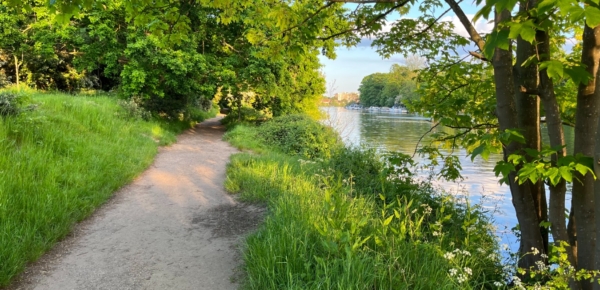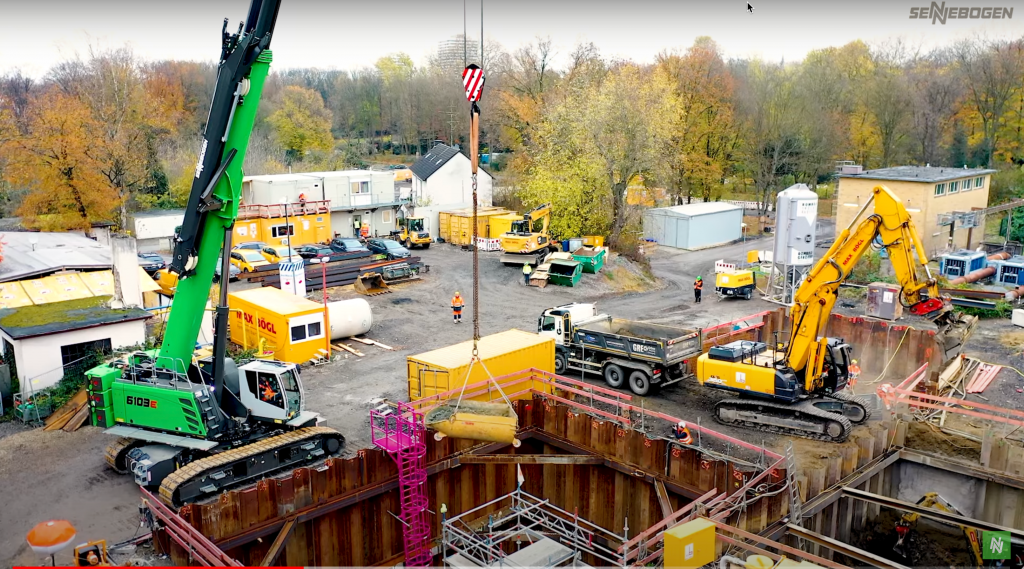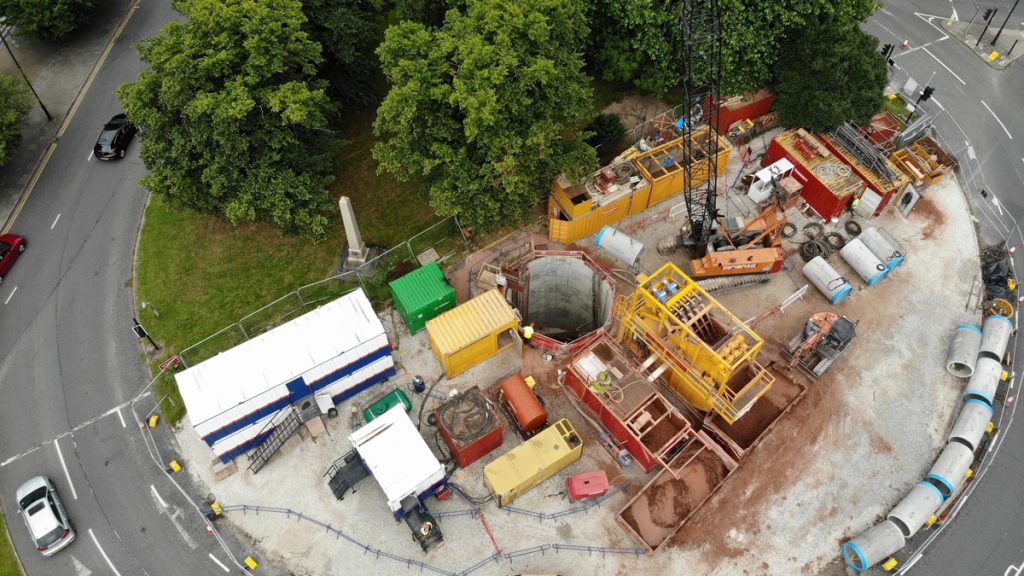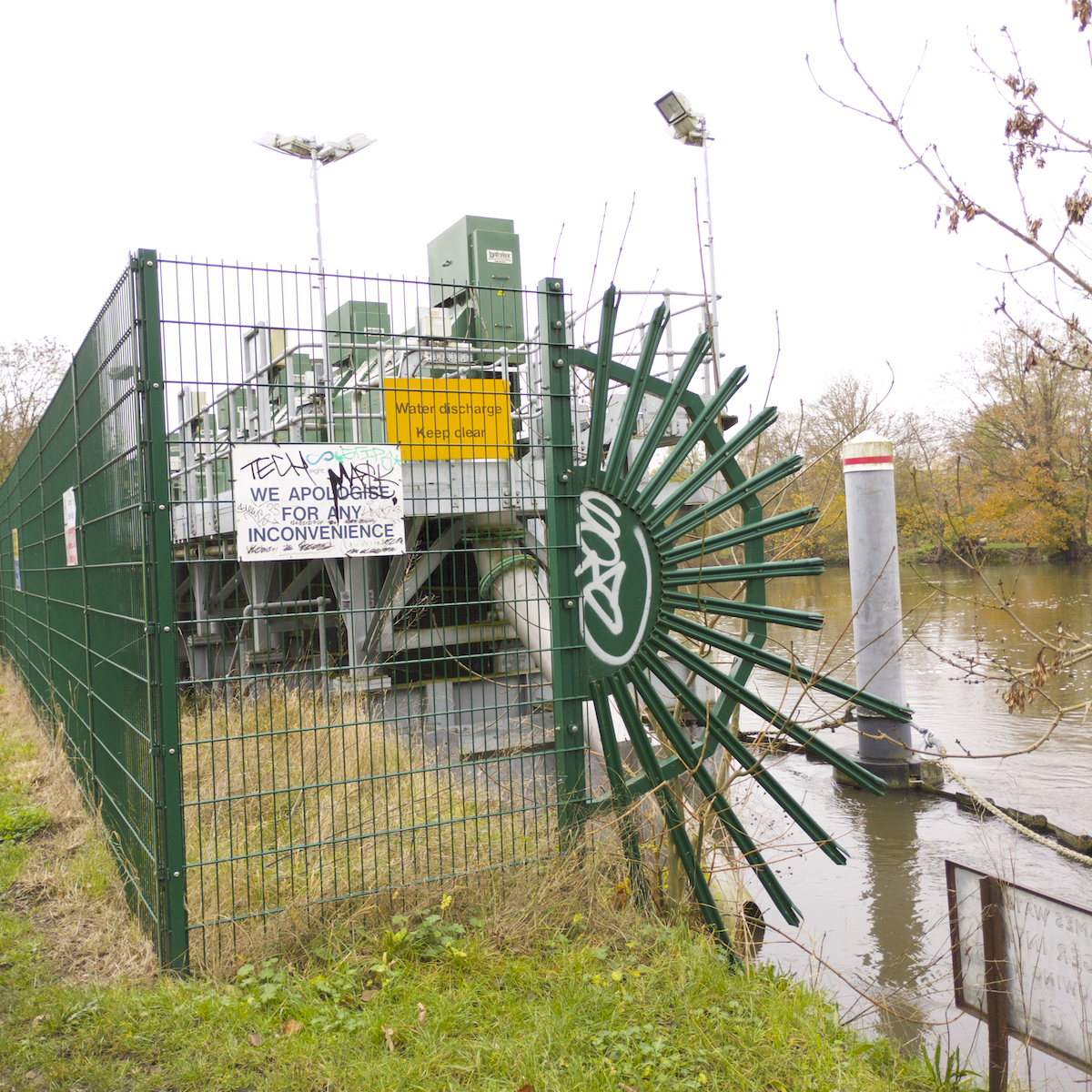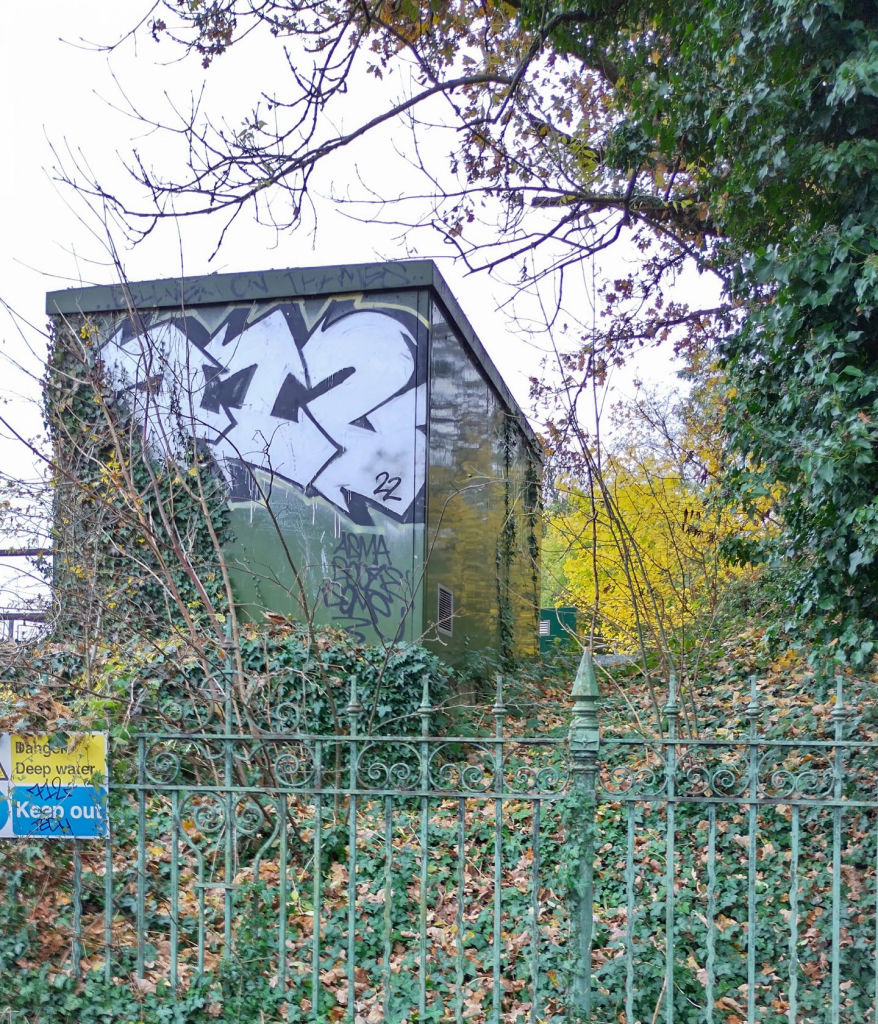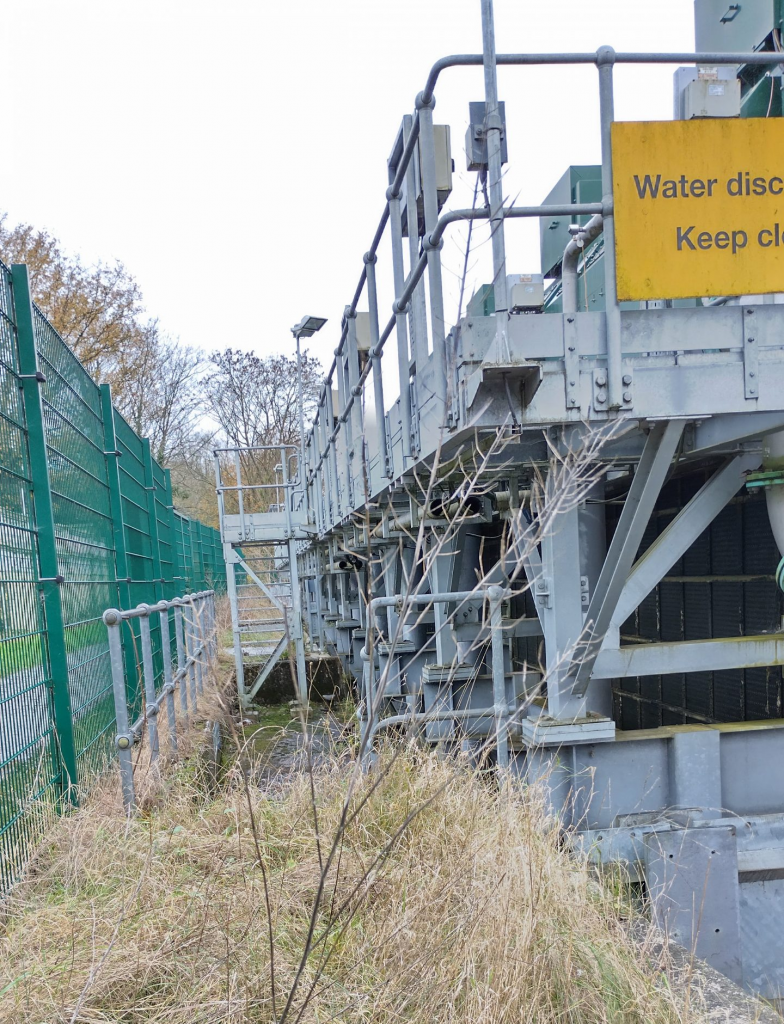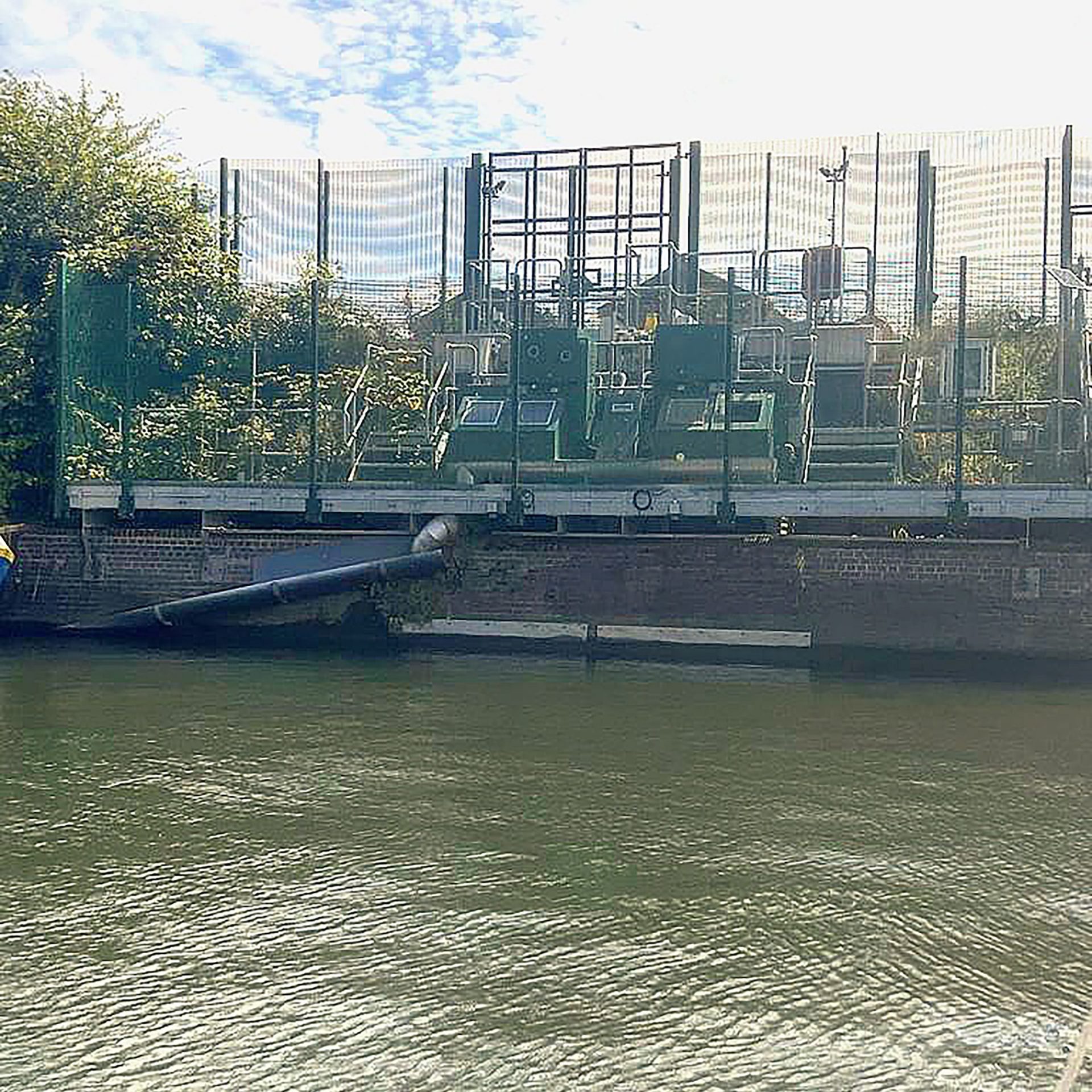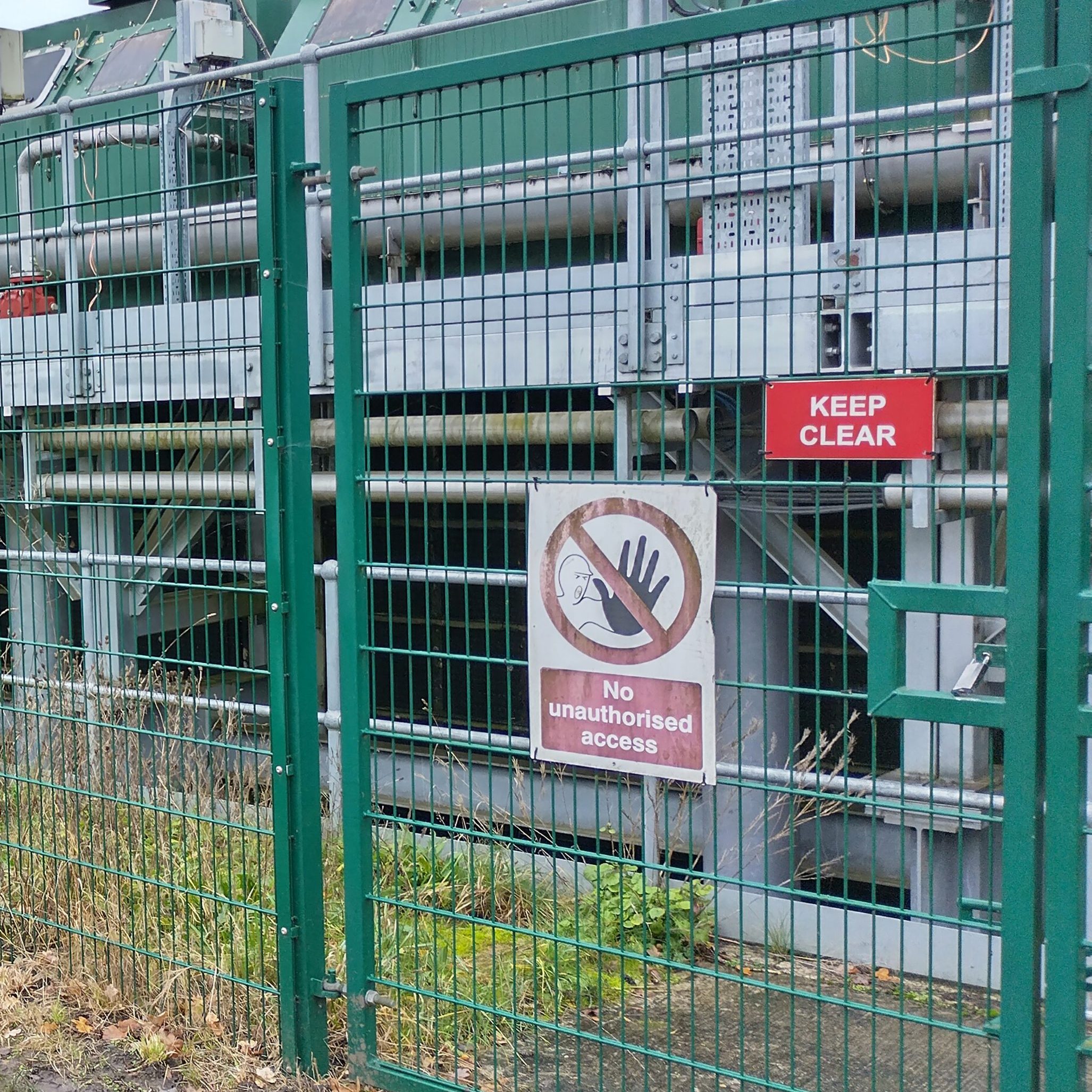What is TDRA?
What TDRA will mean:
- Construction of a new abstraction (water removal) facility on Ham Lands riverside above Teddington Weir (see images)
- Abstraction of millions of litres of water from the River Thames above Teddington Weir to send to the Lea Valley Reservoirs
- Construction of a new outfall (discharge) facility also on the Ham Lands riverside above Teddington Weir (see images)
- To use this discharge facility to pump millions of litres of treated sewage into the River Thames at Teddington
- Construction of a 3.5 metre tunnel 4km long under the streets of Isleworth, Twickenham, Teddington, Ham and Kingston to transfer the treated sewage to the outfall
- Construction of a 2.2 metre tunnel to join the abstraction structure to the existing Thames Lee Tunnel (TLT). The existing TLT transfers water to the Lea Valley reservoirs.
- Construction of a tertiary treatment facility on top of the storm tanks at Mogden sewage works
- Construction of new shafts and other infrastructure at Ham Street Playing Fields and car park, in Burnell open space and Tudor Drive pocket park
- Thames Water would have a multi million pound asset added to their balance sheet
To read more about this scheme in Thames Water's words, see their website here.
What is TDRA for?
- Thames Water describe TDRA as a 'contingency' asset for drought that will not be continuously in operation
- Thames Water suggests that TDRA may operate every 2 to 3 years and then almost entirely between July and November over their current 47-year outlook plan to 2075
- When not in use as a drought scheme the discharge of treated sewage will operate continually up to 18mld (mega litres a day) 365 days a year to ensure the mechanical systems and filters are kept operational. This is called a "sweetening flow.” Thames Water say the sweetening flow may be discharged from Mogden Sewage Treatment Works as opposed to the new outfall above Teddington Weir.
What is the planning process for TDRA?
- In December 2023, Thames Water officially bypassed local planning authority to fast track the scheme through the National Infrastructure planning route. This means they will make the application for development via the Planning Inspectorate.
- In Summer 2025 Thames Water launched their Statutory Consultation on TDRA.
- In later 2025, after the close of the statory consultation, Thames Water said they would release information relating to the quality of the water being discharged back into the river.
- In 2026, Thames Water are expected to make their formal application to the Secretary of State.
Check out our news to see the latest updates
Without action, this plan will go ahead.
Join us to fight it! We need you!

The map is based on Thames Water's documents in their Documents Library (expand Consultation documents and go to Map Book).
The original map provided by Thames Water is here.
The ABOVE GROUND WORKS
The treated effluent tunnel will be 3.5m in diameter and will be constructed under approximately 4Km of South West London. It will require an intermediate shaft at Ham / Playing fields (Richmond). There will also be above ground works in Mogden Sewage Works (Hounslow), Burnell Open Space (Richmond and Kingston) and Tudor Drive Pocket park (Kingston)
The Richmond / North Kingston (Burnell Open Space) site will be active for at least 21 months. This is because it will be the site of construction of both the outfall and abstraction facilities and 2 shafts.
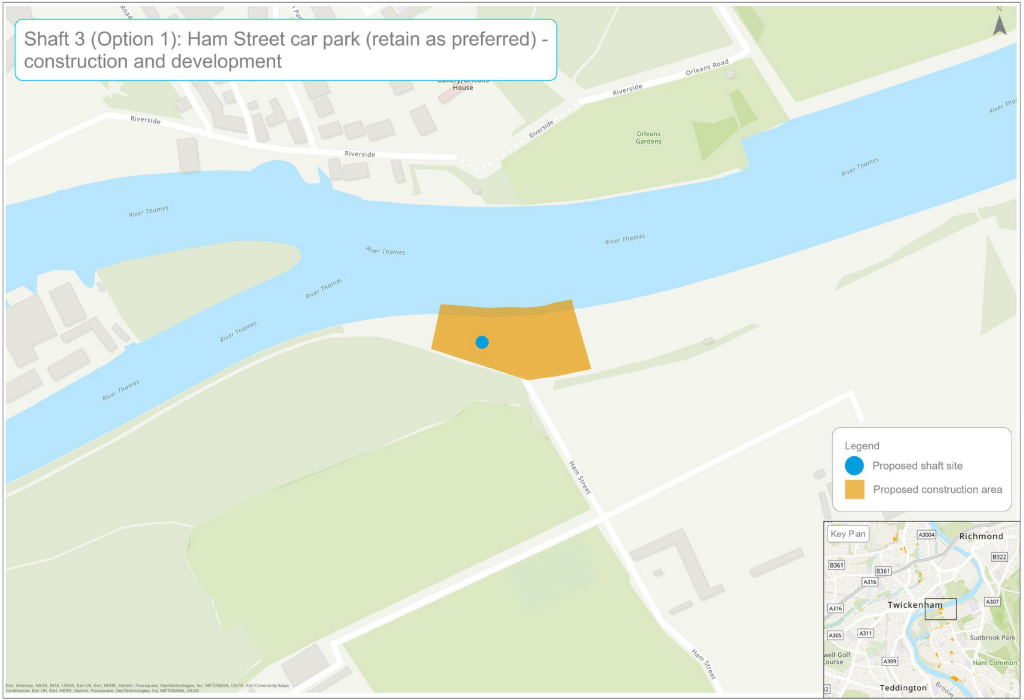
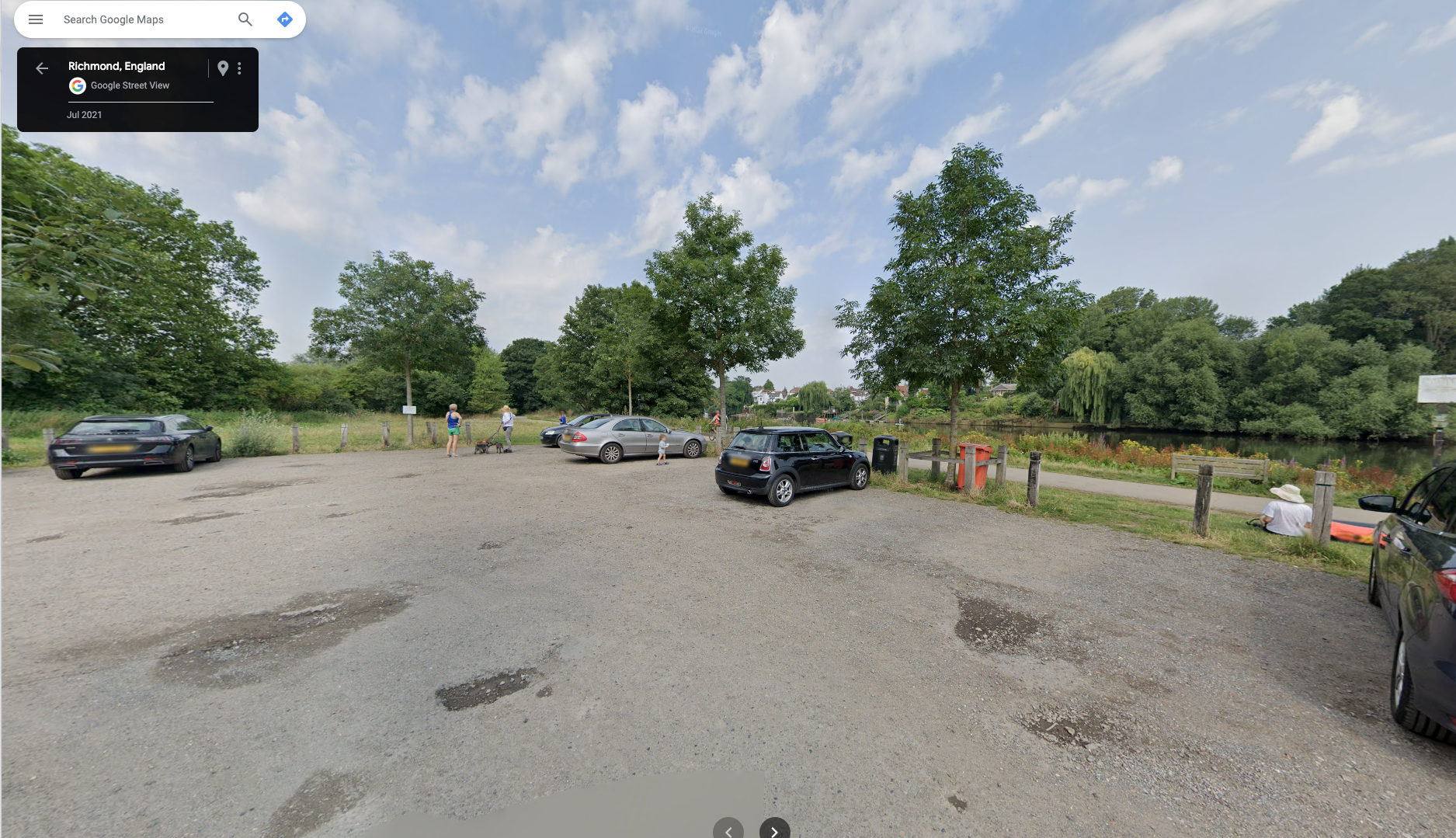
The abstraction facility
A new abstraction facility will be built on the riverside towpath on Burnell open space above Teddington Weir. The abstraction facility is likely to measure approximately 38m long and 3m to 4m in height above normal water level. The structure could be partially set into the riverbank but extend into the river by up to 3m. Thames Water indicates it could take 21 months to build this abstraction facility. A new tunnel will be made to carry the abstracted water to the existing Thames Lee Tunnel (TLT). The construction compound at Burnell Open Space will take up to half if not more of the area resulting in disruption to the thousands of people that use the towpath and open space regularly.
The latest information from Thames Water now includes vague references to a 5m x 5.5m kiosk of unknown height on Burnell Open space to house mechanical and electrical items. They have provided no details on this nor confirmed if this will be the only “kiosk” built as part of the project.
In a drought millions of litres of water would be taken from the river. In periods of drought, the river will be at its most stressed, and the possibility of ecological harm is ever present.
Abstracted water tunnel options
A pipeline is required to take the abstracted water from the abstraction facility to the existing Thames Lee Tunnel (TLT). Two shafts are required for the abstracted water pipeline.
Thames Water is deciding between two options for the TLT connection:
- A short underground tunnel (adit) from the Burnell abstraction shaft to the TLT or
- A tunnel to Tudor Drive junction "pocket park") / Fire Brigade greenspace
A 2.2m diameter, 500m long pipe-jacked tunnel under Royal Gate Park Estate would be needed for the Tudor Drive option. For the Burnell “adit” option a 3.5m diameter excavated tunnel 70m long would be needed.
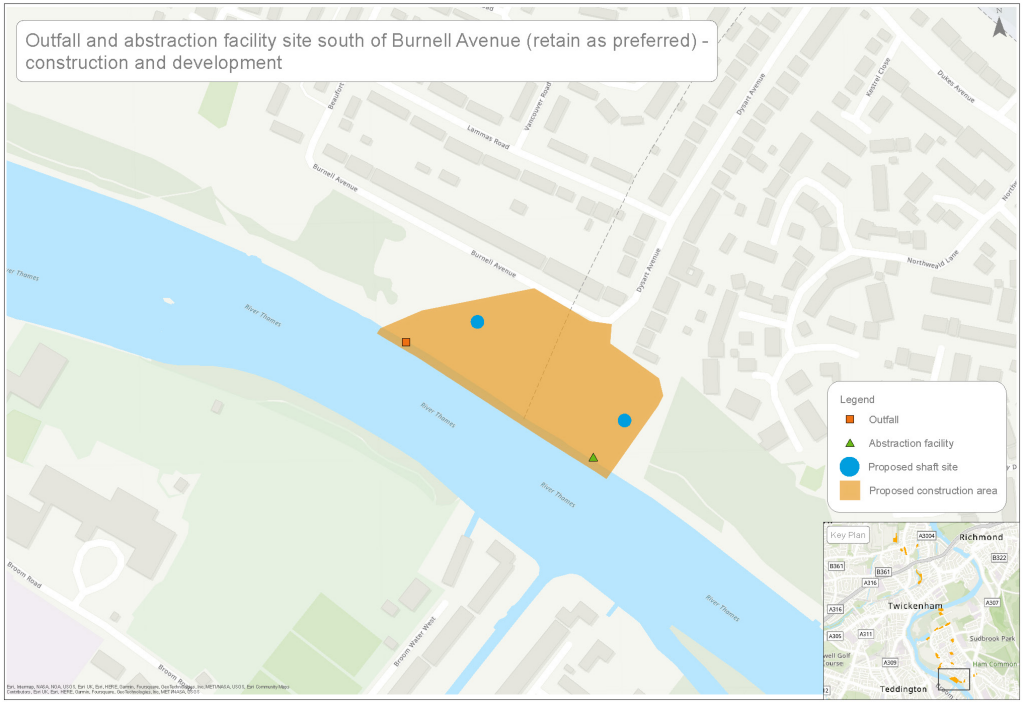
Location of the Burnell Avenue abstraction and outfall facilities.
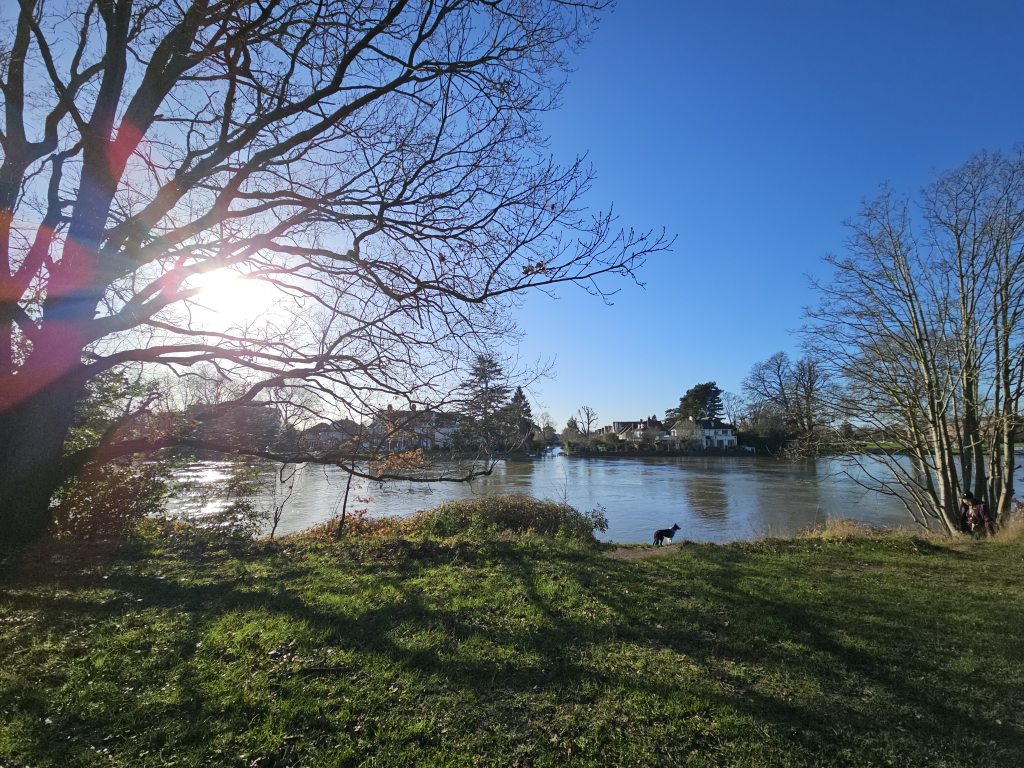
The photo shows the location of the proposed abstraction facility along the River Thames.
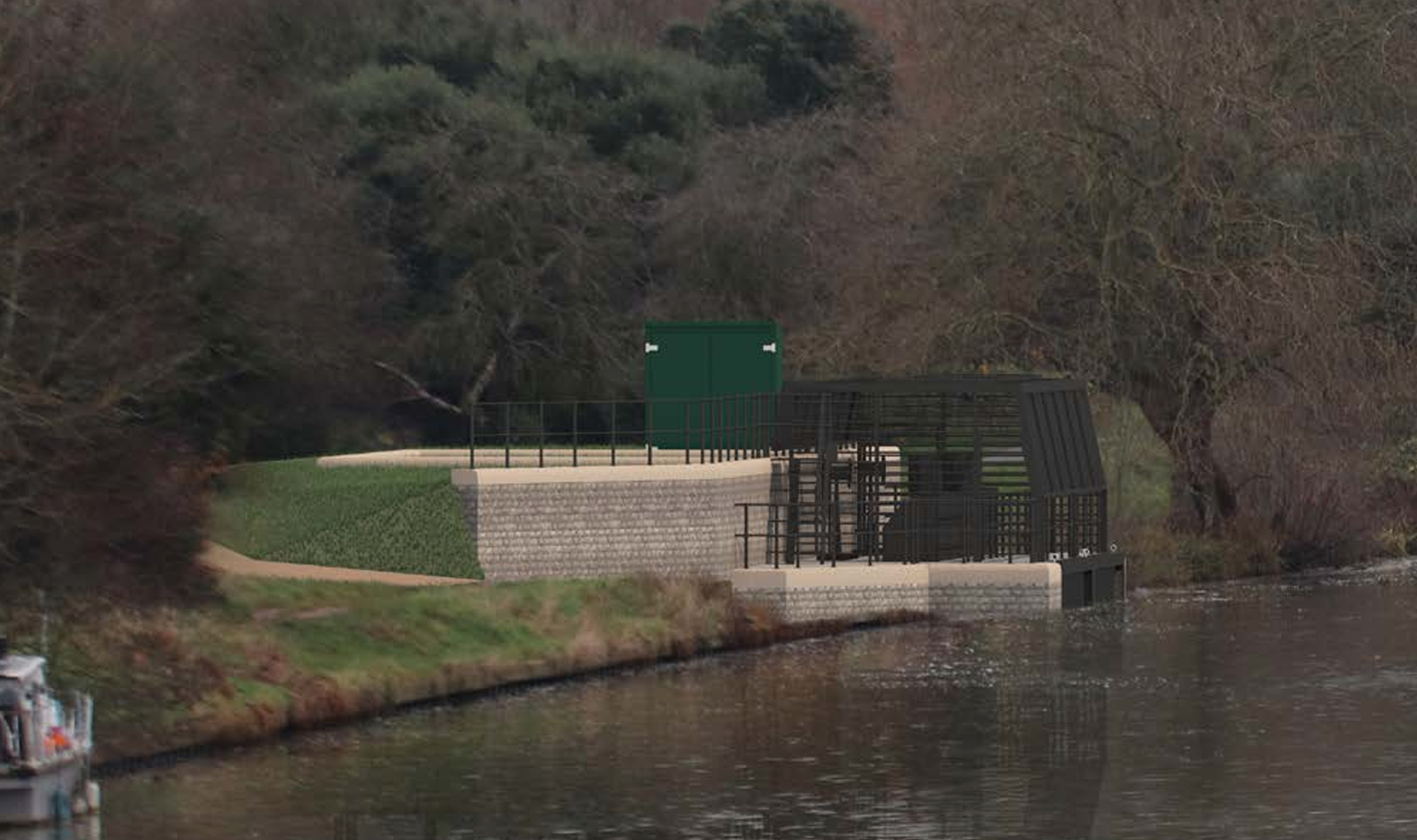
Thames Water has provided the image below to indicate what the abstraction facility will look like. This will be built on the Thames River Path in Teddington.
The outfall (discharge) structure
The Outfall (Discharge) facility will be built on the riverside of Burnell Open Space. The last shaft of the treated effluent tunnel will be built a short distance away in the Open Space.
In a drought, millions of litres of treated sewage will be pumped into the river from the discharge facility, with a significant ecological impact on the river.
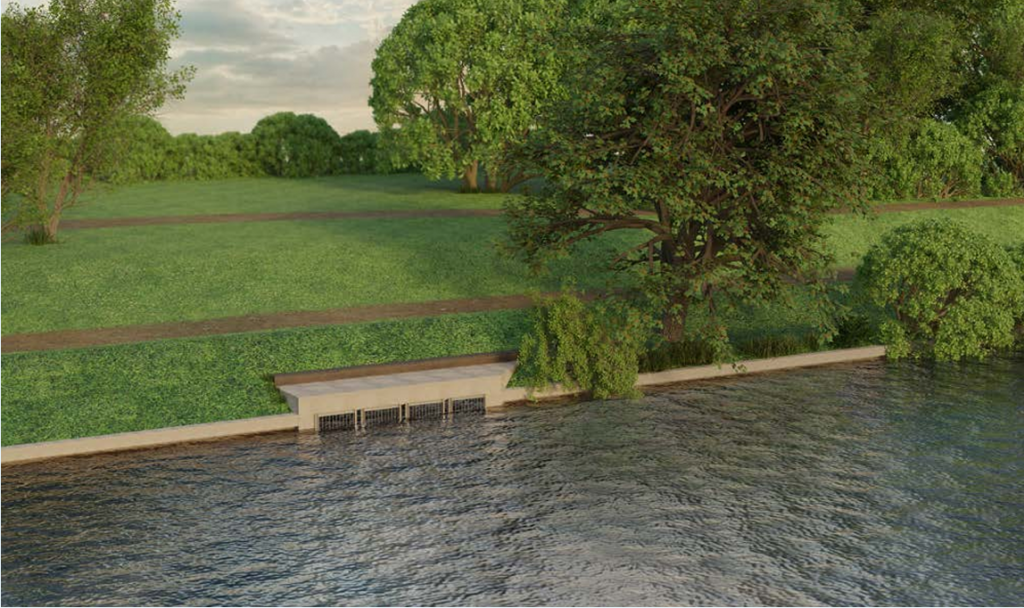
Thames Water has provided this image to indicate what the outfall (discharge) structure will look like. This will be built on the Thames River Path in Teddington.
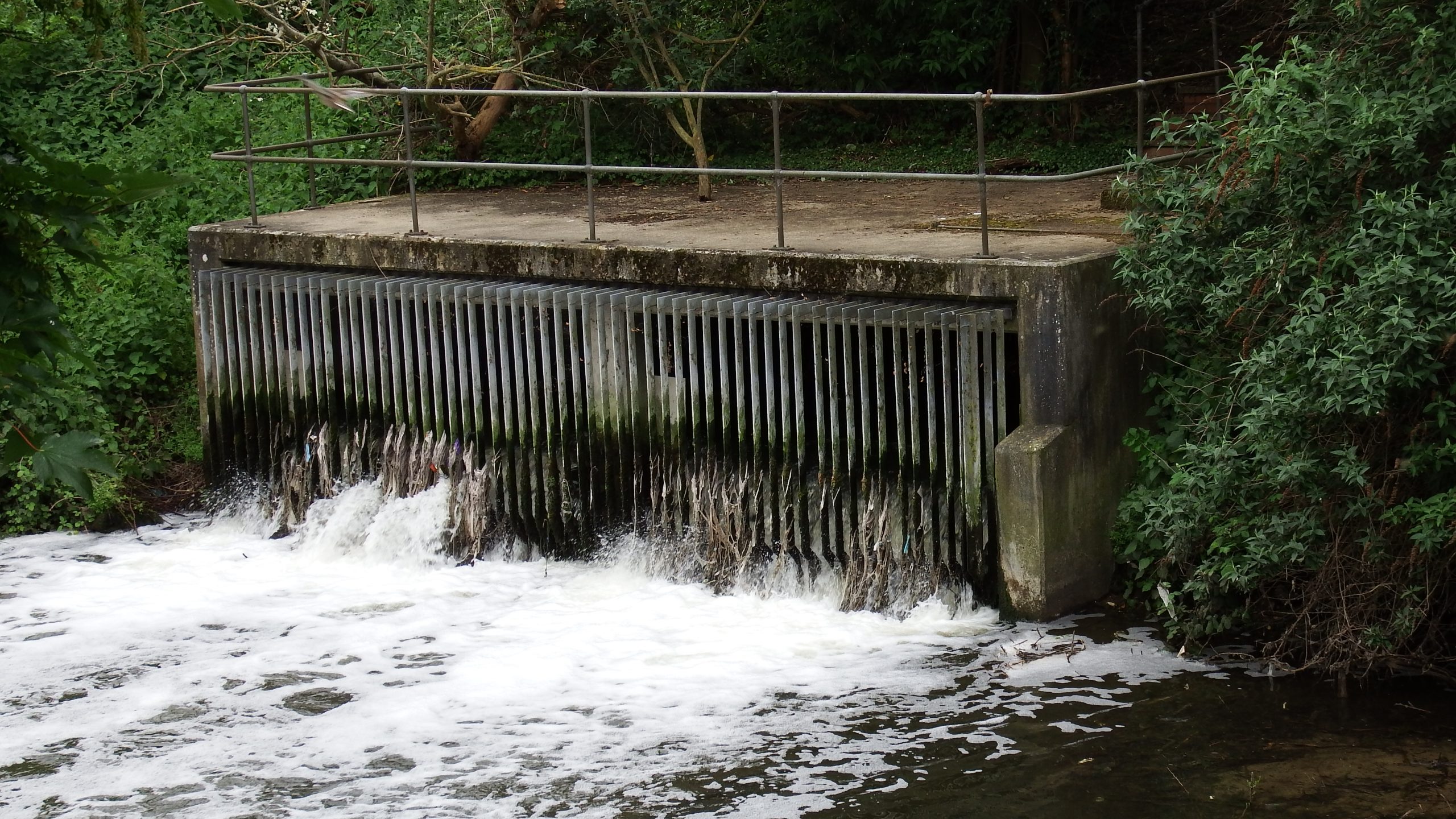
What an outfall (discharge) structure looks like in real life - this one at Hogsmill.
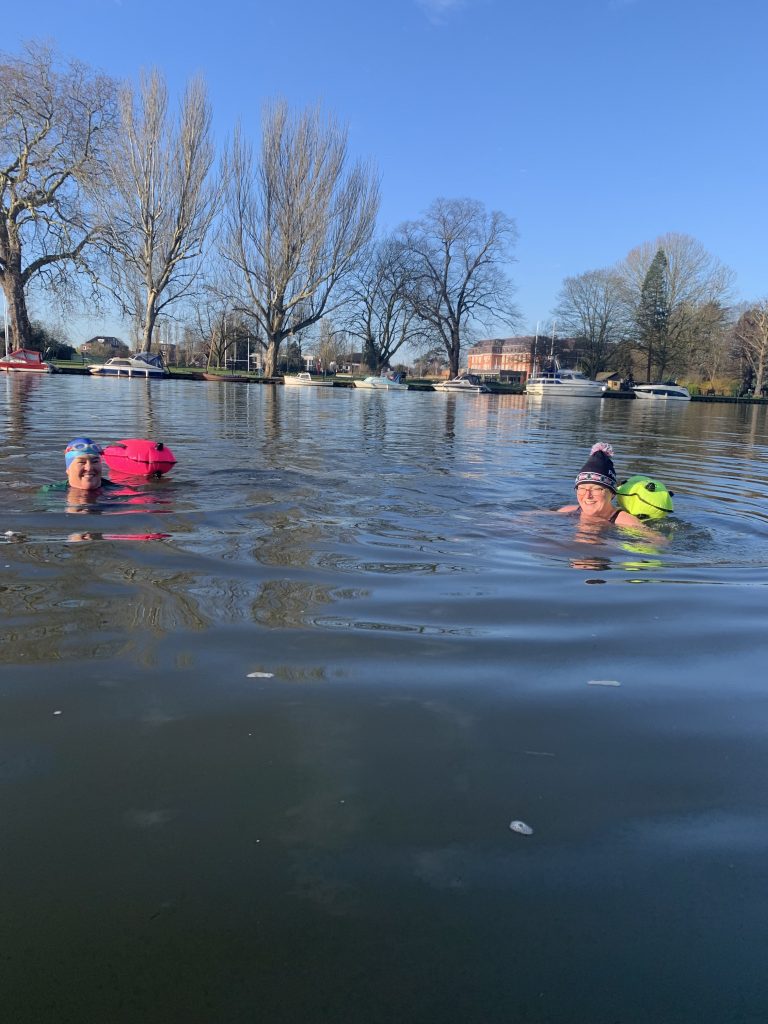
The Blue Tit swimmers in the River Thames, near where the TDRA outfall (discharge) structure will be located in Teddington. (Photo courtesy of D Gwilliam)
